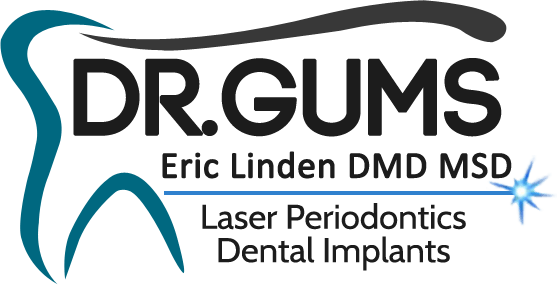CHICAGO – August 17, 1999 – The image of grandpa going to bed with his teeth in a glass in the bathroom is quickly becoming outdated. Instead, many of today’s grandparents use electric toothbrushes and go to bed with their dental bleaching trays.
Edentulism (toothlessness) has been declining in the United States since the 1950s. According to the Centers for Disease Control and Prevention, not quite 25 percent of the current population over age 65 is toothless. And, because edentulism rates are often dependent upon sociological and technological factors, toothlessness should continue to decline as baby boomers age.
“My older patients are becoming increasingly concerned about their oral health and the aesthetics of their smile,” said Dr. Robert Schoor, president of the American Academy of Periodontology (AAP). “They want to keep their teeth, but when that’s not a possibility, many are opting for the next best thing – dental implants.”
A 1998 survey sponsored by the American Dental Association and Oral-B Laboratories found that almost two-thirds of respondents 65 and older said their teeth are better than their parents at their age. And, more than half said a smile is the first thing they notice about other people.
However, maintaining a healthy mouth is not just a matter of a pretty smile and being able to eat corn on the cob. A study in the January 1999 issue of the Journal of Periodontology reports that at the very least, half of people over age 55 have periodontitits (an advanced form of periodontal disease). Recent research has advanced the idea that periodontal diseases – a primary cause of tooth loss – are linked to a number of major health concerns, such as heart disease, stroke, respiratory disease, osteoporosis and diabetes.
“To help prevent periodontal diseases, improve overall health and maintain a nice smile, we need to take note of the changes taking place in our mouths as we age and discuss these changes with our dental professionals,” said Schoor. “The goal is to make adjustments in oral care before these changes result in full-blown problems in the mouth that could jeopardize overall health.”
Older adults are one of the highest risk age groups for cavities and periodontal disease. Reasons include:
- Dry mouth (xerostomia), which may be caused by medical disorders or hundreds of medications (such as high blood pressure drugs, diuretics and antidepressants), can leave mouths without enough saliva to wash away food and neutralize plaque, leaving the mouth more susceptible to tooth decay and periodontal disease. In addition, calcium channel blockers can cause gingival enlargement or overgrowth.
- Receding gums leave the roots of the teeth exposed, making them vulnerable to plaque’s cavity causing acids and periodontal disease.
- Medical conditions associated with aging, such as diabetes, can increase the risk of periodontal disease. In addition, memory problems may lead to lessened oral hygiene. And, arthritis can make brushing and flossing more difficult.
- Women who are menopausal or post-menopausal may experience discomfort in the mouth, including pain and burning sensations in the gum tissue, altered taste and dry mouth. These changes, attributed to hormonal fluctuations, can lead to periodontal disease.
- Lack of preventative dental care and infrequent visits to the dentist also place older adults at increased risk for oral health problems. At dental visits, patients should discuss with their dentists or periodontists their health histories and any medications (including over-the-counter and herbal remedies) they are taking. For those people already missing teeth, ask if dental implants are a viable option.
A referral to a periodontist in your area and free brochure samples are available by calling 800-FLOSS-EM or visiting the AAP’s Web site at www.perio.org.
About the AAP
The American Academy of Periodontology (AAP) is the professional organization for

